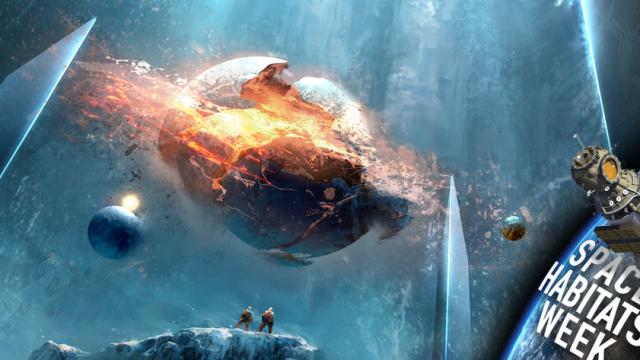Before we talk about terraforming another planet like Mars, we have to talk about Earth — and whether we should be spending our resources trying to save it, or moving on to another pale blue dot. It’s a grim debate that some scientists say it’s time to have.
Terraform This
We’ve been imagining how to create a new Earth as long as we’ve known that ours was dying.
In the late 1930s, a few scientists and engineers posited that variations in climate were caused by humans — or more specifically, human-built systems powered by fossil fuels. If you think climate change is a contentious issue today, be glad you weren’t around back then. Attempting to prove that humans were actually changing the planet was a long, fraught, road, as Spencer Weart explains in his 2011 book, The Discovery of Global Warming. “Hardly anyone imagined that human actions, so puny among the vast natural powers, could upset the balance that governed the whole,” he writes. “This view of Nature — suprahuman, benevolent, and inherently stable — lay deep in most human cultures.”
As the concept began to pick up steam — so to speak — a similar thread was developing in science fiction. In 1942, the author Jack Williamson published a story called Collision Orbit that used the term “terraforming” for what is widely believed to be the first time:
He had been the original claimant of Obania, forty years ago; and Drake was the young spatial engineer he employed to terraform the little rock, only two kilometers through — by sinking a shaft to its heart for the paragravity installation, generating oxygen and water from mineral oxides, releasing absorptive gases to trap the feeble heat of the far-off Sun.
It may be a coincidence that the idea of terraforming emerged into popular culture within a few years of the emergence of climate change science. But even so, it’s interesting that humans only imagined having the power to shape other planets after they realised they might be shaping their own — however unwittingly.
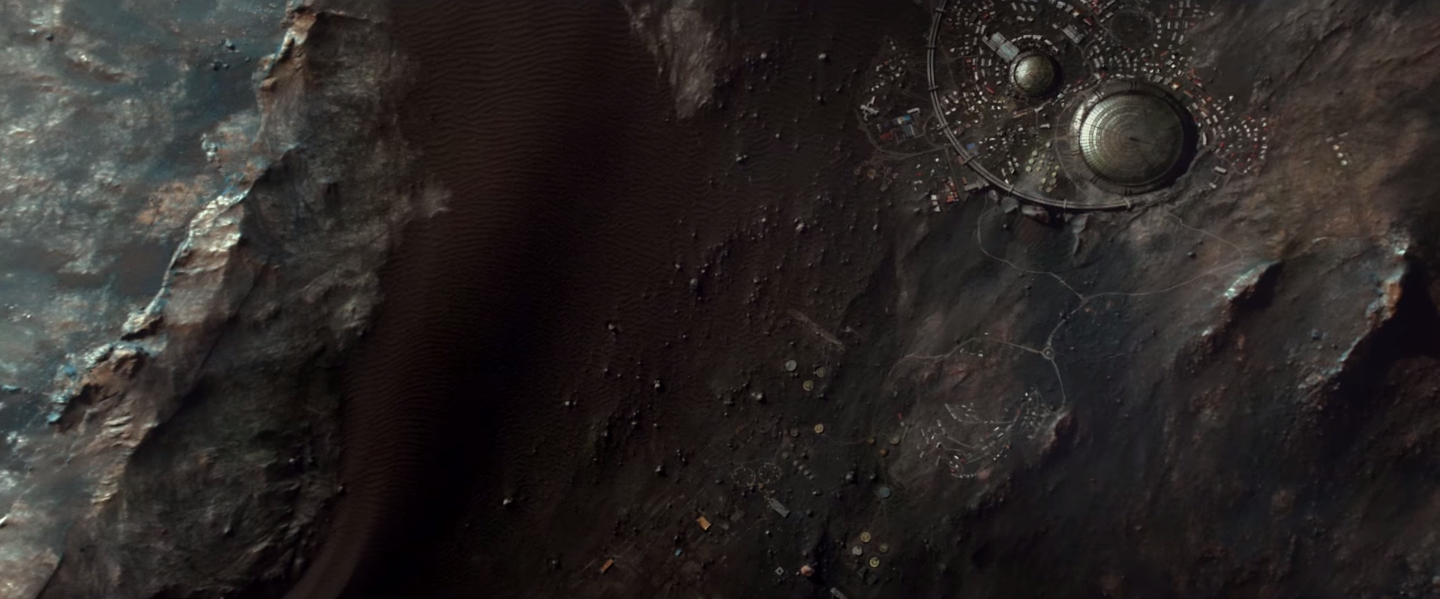
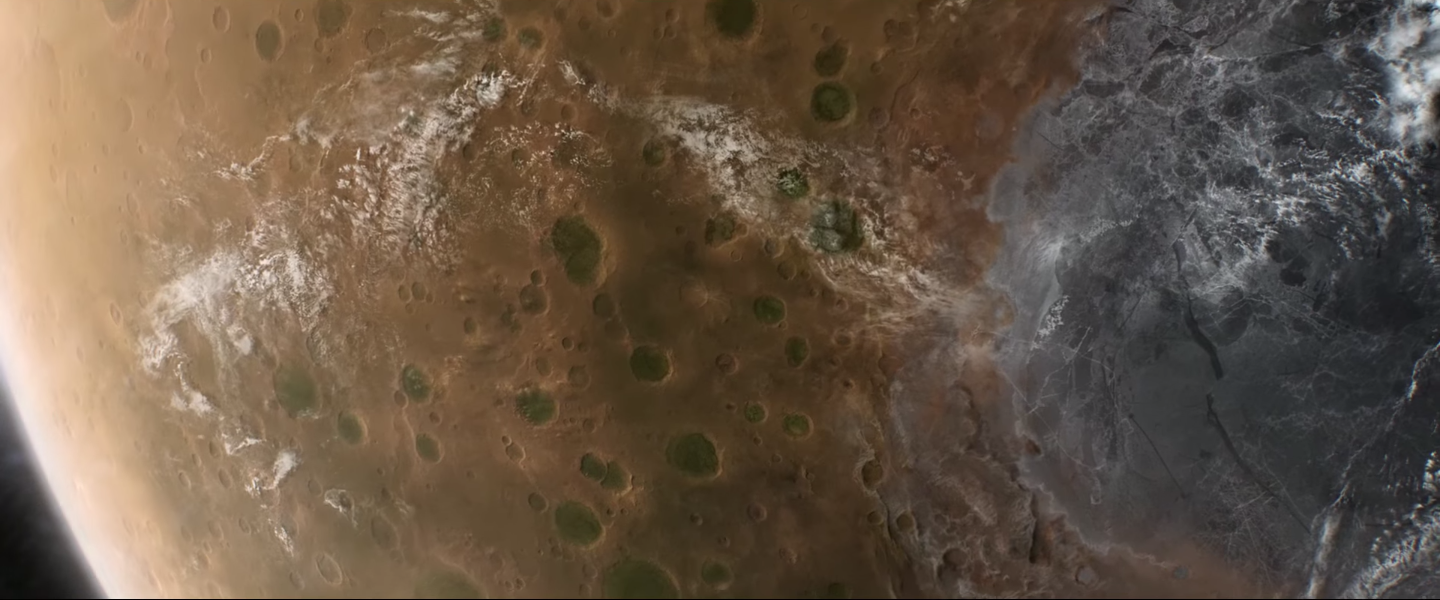
As On Earth So On Mars
The relationship between Earthly concerns and planetary engineering has only grown more complicated since those early years.
In the 1990s, NASA trained its focus on Mars, sending the Pathfinder mission to the surface of the Red Planet. At the same time, scientists were studying how Martian geology could be altered for humans. In 1993, a NASA scientist named Chris McKay and Robert M. Zubrin of Pioneer Aeronautics published a seminal paper called Technological Requirements for Terraforming Mars that laid out a series of methods that could be used to make Mars habitable.
All involved making Mars warmer and wetter by creating an atmosphere, but the technical methods differed wildly: One imagined using mirrors orbiting Mars to blast its polar ice caps with sunlight, melting the ice and releasing the trapped carbon dioxide, which in turn would warm up Mars and create rainfall. Another imagined “diverting” asteroids — which contain frozen ammonia, an important ingredient in life — to hit Mars’ surface repeatedly:
Forty such missions would double the nitrogen content of Mars’ atmosphere by direct importation, and could produce much more if some of the asteroids were targeted to hit beds of nitrates, which they would volatilize into nitrogen and oxygen upon impact. If one such mission were launched per year, within half a century or so most of Mars would have a temperate climate, and enough water would have been melted to cover a quarter of the planet with a layer of water 1 m deep.
McKay and Zubrin seemed fully aware of how far away their concepts might be, and they acknowledge that in their 1993 paper, saying that we shouldn’t expect true terraforming to happen anytime soon.
But they concluded their analysis with some interesting language: They talk about Earth.
Moreover, in the process of modifying Mars, they are certain to learn much more about how planets really function and evolve, enough perhaps to assure wise management for our native planet.
It seemed that even as these scientists were seriously analysing our ability to shape another planet, they were looking in the rearview mirror — and wondering if anyone would fix our own.
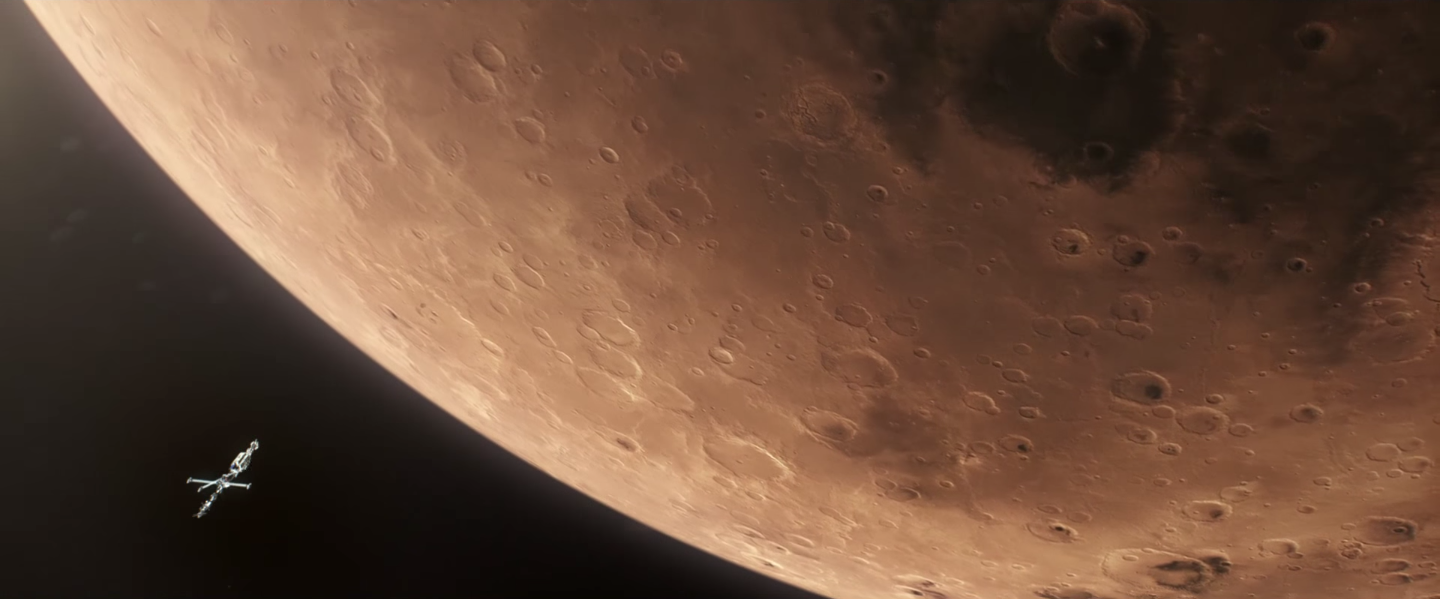
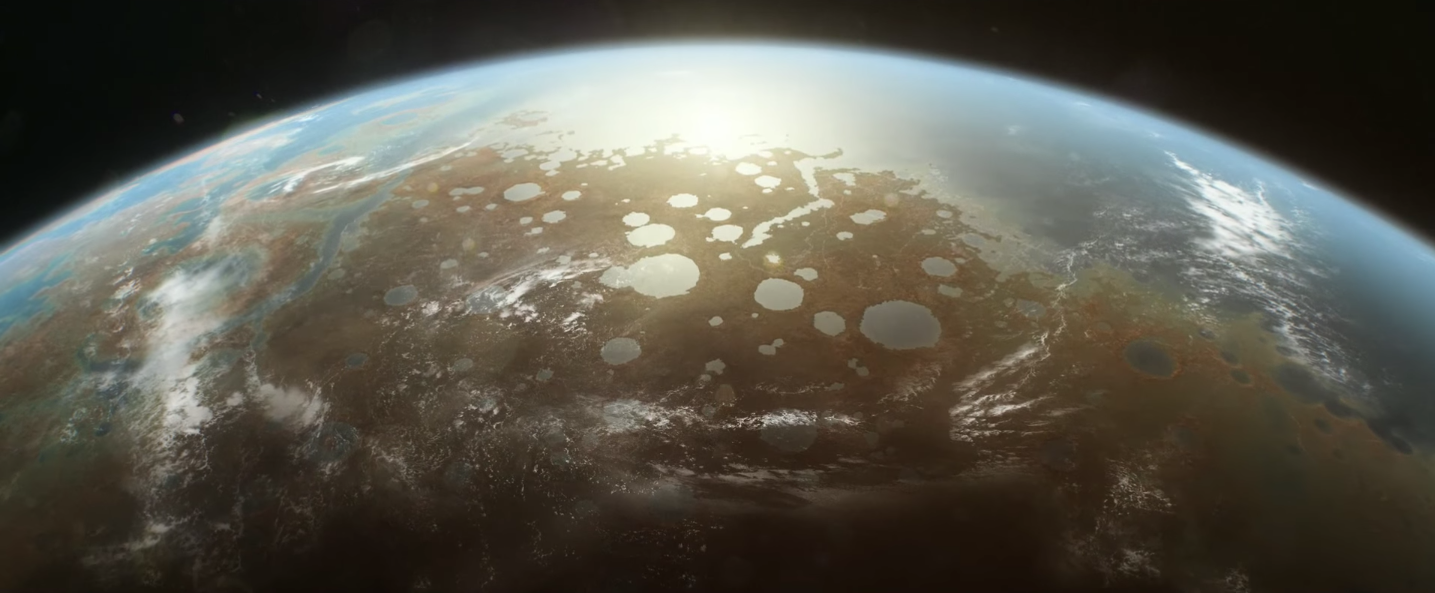
Save or Escape?
The idea of terraforming has shifted in the time since — and increasingly, it focuses not on Mars or other planets, but Earth. This year McKay — one half of the duo behind the 1993 terraforming paper — gave a fascinating web chat about his work looking for “extremophiles,” or organisms that can survive in the most inhospitable places on Earth (think the Atacama desert or deep in Antarctic ice). This research could identify “candidate organisms” to populate Mars as its surface temperature increases.
There have been other major breakthroughs, too, like the discovery of nitrate and fluorine in rocks on Mars. In April, McKay was one of a group of authors on a paper describing the discovery of nitrate in Martian soil (thanks, Curiosity!), suggesting that this vital component of life could be used in the process of terraforming. Another discovery this year — of the gas fluorine — would lend itself towards creating a protective atmosphere.
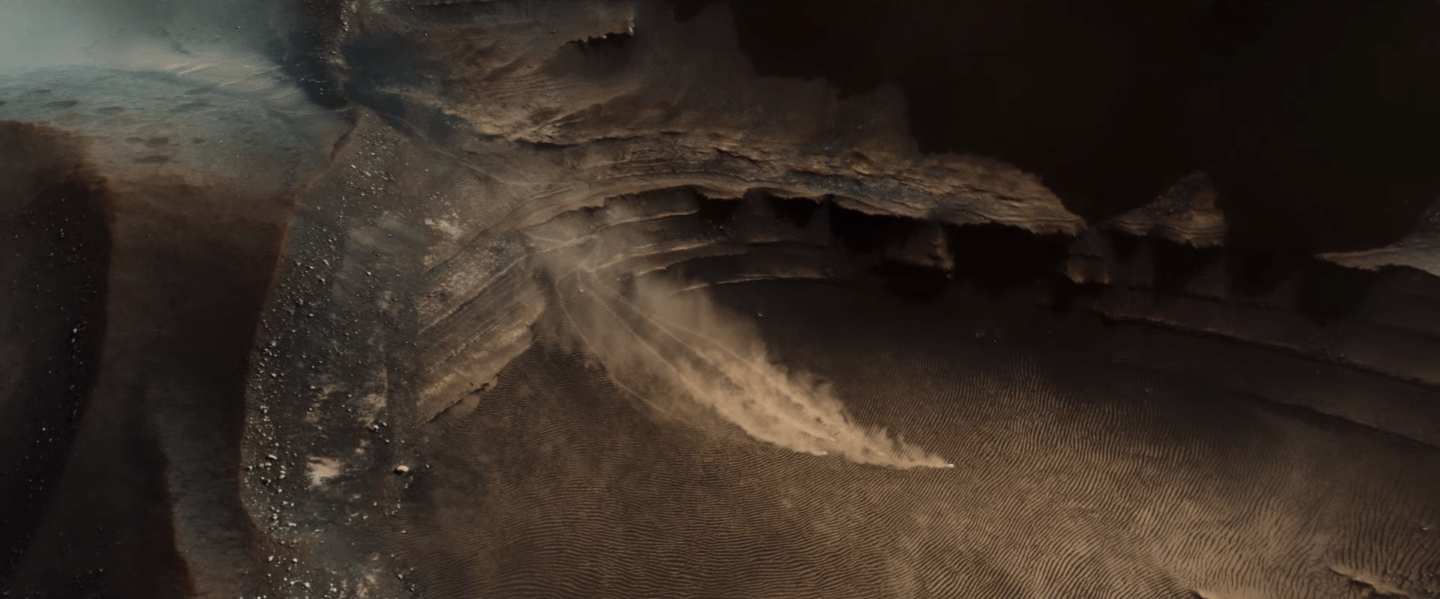
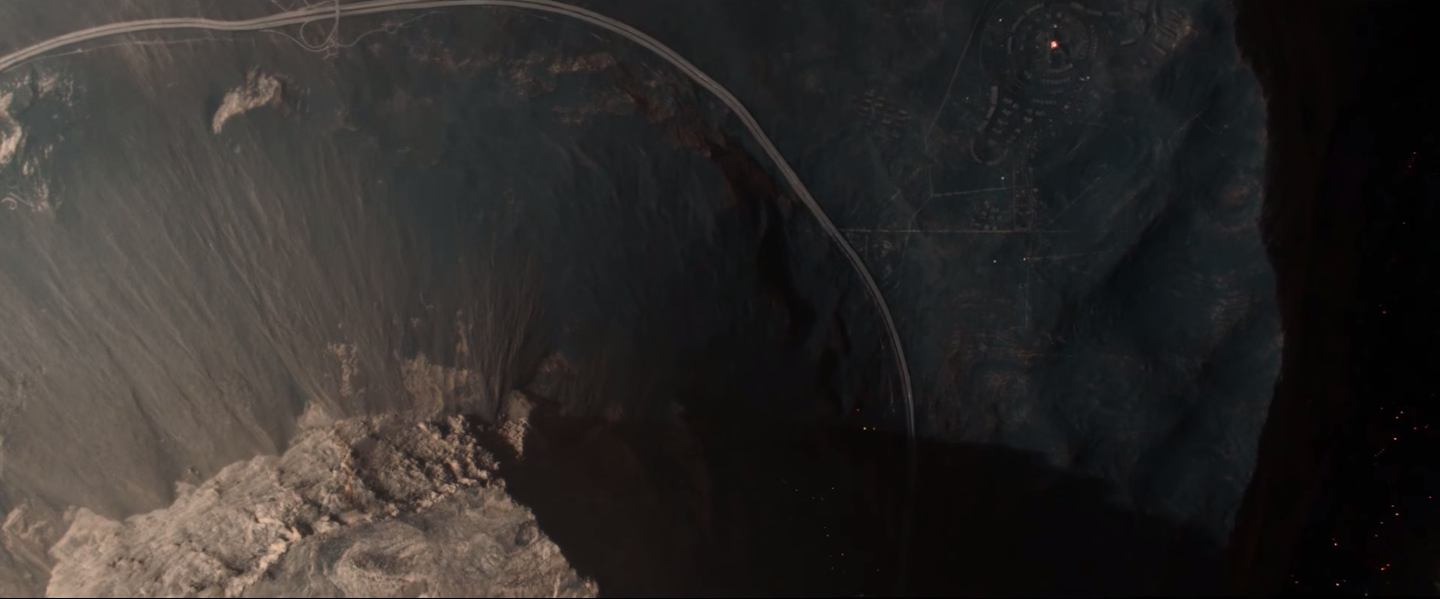
Over email, McKay pointed out that the focus of terraforming research is returning to Earth. “Discussions of Geo-engineering on Earth have greatly increased,” he wrote, describing geo-engineering as “a cousin” to terraforming. “Think of it as terra-keeping,” he added. In 2010, he authored a chapter called Planetary Ecosynthesis on Mars and Geo-Engineering on Earth: Can We? Should We? Will We?, suggesting that “a habitable Mars is not a ‘lifeboat’ for the Earth, but it may provide deep and useful insights in the workings of biology and biospheres.”
In the paper, he points out something odd: What we’re talking about doing on Mars — warming it — is what we’ve already done on Earth. By seeing Mars as a mirror image of our own warming planet, the idea of radically geo-engineering Earth seems more attainable. “The thought of making Mars habitable by purposeful action opened up the path to thinking about keeping Earth habitable by planetary action,” he writes.
It’s true: Discussions about terraforming Earth, not Mars, are becoming more and more common. It’s almost as if the science of making Mars liveable could actually inform repairing our own. In an essay called Terraforming Earth, the sci-fi author Kim Stanley Robinson — who described terraforming the Red Planet in his beloved Mars trilogy — argued that we should be thinking about using similar techniques to fix our own planet, like carbon capture and even shooting sulphur dioxide particles into the atmosphere to block the sun’s rays. “Geoengineering,” he writes, “has become our ongoing responsibility to life on this planet, including all human generations to come.”
The idea that we’ll “escape” Earth for Mars seems more and more outdated. The science of the thing is more complicated than that survivalist binary — creating a second Earth on Mars is too closely bound up with the original. By studying how we could create life on another planet, we’re also reckoning with how to save our own.
Picture: Framestore. All other images from Jamie xx’s “Gosh“
